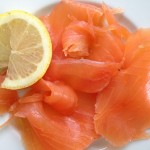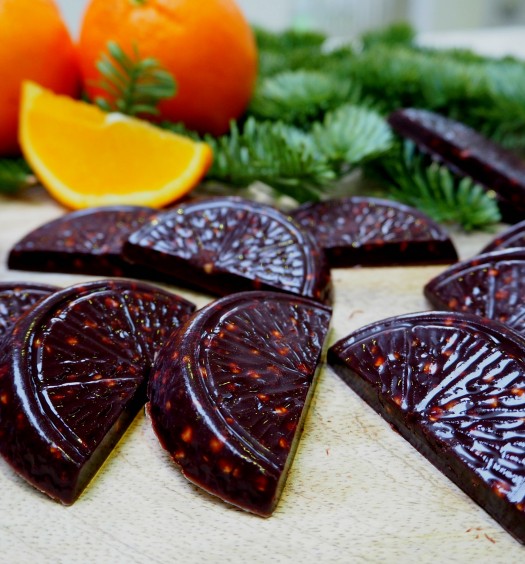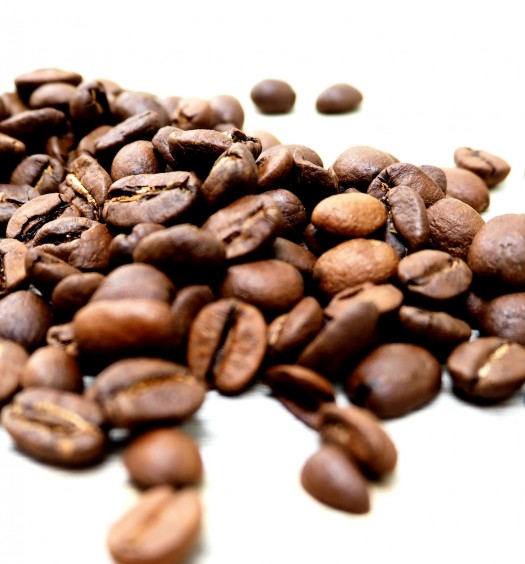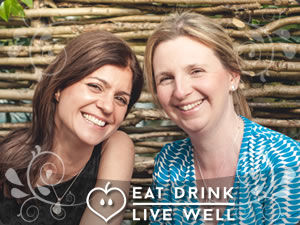Or should we be limiting our intake?
As a child I remember Christmas as the one time of the year we would eat lots of smoked salmon – a luxury food saved for a special time of year. But now we eat it all year round and it’s no longer special; many kids grow up thinking a smoked salmon sandwich for lunch is the norm. But should smoked salmon be an everyday food – or are there any reasons why we should cut down on our intake?
Smoked salmon, smoked mackerel and kippers are good inclusions in the diet due to their Omega 3 content. But I have to admit that I’m lazy; I don’t look at the back of the packet as I’m normally in a rush, so I often grab the mid-range salmon that’s on promotion (especially if I have the kids with me and I want to escape the supermarket quickly). This actually means I have zero clue as to how the salmon is smoked, or even how much salt and fat is in it.
Another nagging concern has been whether the smoking process negates the healthy Omega 3 benefits – is it really ok to eat it on an everyday basis or should it fall into the luxury ‘treat’ category? We constantly hear that smoked foods are bad for us. So what does this mean for smoked salmon – is it good or bad? I’m confused, let alone everyone else.
Smoking fish:
 Smoking has been used for centuries for preserving red meats and fish for times when fresh food is short in supply. Salt (used for curing the fish first), and wood smoke (from pine, cherry, beech, birch, ash, oak, apple etc.) have antimicrobial properties – so the food lasts longer. Nowadays we use our fridges and freezers as preservation methods; smoking is primarily to add flavour.
Smoking has been used for centuries for preserving red meats and fish for times when fresh food is short in supply. Salt (used for curing the fish first), and wood smoke (from pine, cherry, beech, birch, ash, oak, apple etc.) have antimicrobial properties – so the food lasts longer. Nowadays we use our fridges and freezers as preservation methods; smoking is primarily to add flavour.
There are three main ways of smoking fish:
1. Cold Smoking – cured fish is smoked at a low temperature (20-30°C). The fish isn’t cooked by this method – it is purely for preservation and flavour, but retains a velvety texture.
2. Hot Smoking – cured fish is smoked at a higher temperature, (52-80°C), which cooks the fish, leaving it flakier and drier.
3. Liquid Smoking – sounds revolting but this is a cheaper way of giving fish a smoked flavour. Liquid smoke is basically liquid that has had smoke passed through it. It’s more commonly used on smoked fish to be cooked – smoked haddock or kippers for example. There’s no way of telling if your fish has been liquid smoked (unless it says otherwise) but the fish will be ‘wetter’ – curing or traditional smoking dries the fish out. I do feel a bit duped with this method – if I’m buying smoked fish I like the visual illusion of fish over wood chips rather than dunked in a bowl of liquid.
Smoked salmon concerns:
Salt content: there’s no getting around the fact that smoked salmon is a higher salt food.  Cheaper smoked salmon may have been injected with a salt solution instead of wet (soaked in brine) or dry (packed in salt) curing – this results in a saltier, wetter and heavier salmon, often ‘balanced’ with the addition of sugar. However, even the saltiest 100 grams is still within the upper daily salt limit of 6g, so unless you’ve been told to follow a low salt diet, I’d recommend checking the packet (some brands are lower salt than others) and reduce any other obvious salt sources on the same day as eating smoked salmon.
Cheaper smoked salmon may have been injected with a salt solution instead of wet (soaked in brine) or dry (packed in salt) curing – this results in a saltier, wetter and heavier salmon, often ‘balanced’ with the addition of sugar. However, even the saltiest 100 grams is still within the upper daily salt limit of 6g, so unless you’ve been told to follow a low salt diet, I’d recommend checking the packet (some brands are lower salt than others) and reduce any other obvious salt sources on the same day as eating smoked salmon.
Fat content: the total fat content of smoked salmon can be high, so if you’re worried  about total fat and calories, but still want those important Omega 3s, choose wild smoked salmon, which has a total fat content one third that of farmed salmon.
about total fat and calories, but still want those important Omega 3s, choose wild smoked salmon, which has a total fat content one third that of farmed salmon.
Farmed salmon is fattier as stocks are reared in confined spaces where they don’t have much room to swim freely. Wild salmon are leaner – they swim hundreds of miles migrating to spawning areas.
However, if it’s total Omega 3 content you’re after, it’s farmed that has the higher level (you might be interested to read our ‘children’s behaviour and fish oil’ post). Also consider hot smoked salmon instead of cold smoked; hot instead of cold smoking appears to give greater protection to the fragile Omega 3 fats.
Toxins: for Omega 3 intake, children or women who are pregnant, breastfeeding or looking to conceive should eat maximum one or two portions of oily fish a week (140 grams each) and men up to a maximum four portions. Larger fatty fish, such as fresh or smoked salmon, do accumulate more toxins. If you’re worried about toxins, start checking out the source of your salmon – organic farmed, or wild salmon from unpolluted waters should have lower levels so are the best to opt for.
Polycyclic Aromatic Hydrocarbons (PAHs): cold or hot smoking (and liquid smoke) creates chemicals called PAHs – carcinogenic in high levels.
Commercial smoking is highly regulated to control maximum permitted PAHs. In fact PAHs from smoked salmon are tiny compared to the amount of PAHs produced by our own high temperature cooking at home, on barbecues or grills.
Listeria Risk: curing (e.g. gravlax) or cold smoking doesn’t cook fish, so the EU has stringent food safety guidelines (food hygiene, manufacturing processes, temperature control) to reduce the risk of listeria. Some producers use anti-listeria sprays or rinses (but are not required to disclose this) on their smoked salmon. In the EU the risk of listeria now from smoked salmon is so low it is now deemed safe even in pregnancy.
If you have any concerns about listeria, opt for hot smoked salmon instead. The heating, and cooking of the fish virtually reduces listeria risk.
 Our conclusion? For most people, the we think the value of the Omega 3 content in smoked salmon outweighs the negatives – but it’s worth checking the back of the packet a little more: wild, organic farmed or hot smoked salmon seem to be the best options.
Our conclusion? For most people, the we think the value of the Omega 3 content in smoked salmon outweighs the negatives – but it’s worth checking the back of the packet a little more: wild, organic farmed or hot smoked salmon seem to be the best options.
Remember that good producers of quality salmon want us to know where their salmon is from and how it is smoked, so they’ll tell us….
| Manufacturer | Total Fat | Sat Fat | Omega 3 Fat | Salt |
| Tesco Finest Smoked Salmon | 9.9g | 2.6g | 2g | 2.8g |
| Tesco Finest Wild Alaskan | 3.3g | 1g | n/a | 3g |
| Tesco Hot Smoked Salmon | 14.5g | 2.5g | n/a | 1.8g |
| Waitrose Scottish Smoked Salmon | 9.9g | 2.7g | n/a | 3.13 |
| Waitrose Wild Alaskan Smoked Salmon | 2.7g | 0.7g | 0.4g | 3.5g |
| Asda Hot Smoked Salmon Flakes | 9.6g | 2.3g | 2.4 | 3.7g |
| Asda Smoked Scottish salmon | 9.3g | 1.6g | 1.9g | 2.3g |
| Sainsbury’s Scottish Mild Smoked Salmon | 14g | 2.9g | 3.5g | 4.25g |
| Sainsbury’s Wild Sockeye Smoked Salmon | 3.2g | 0.9g | 0.5g | 2.5g |
We hope you enjoy this blog post, let us know your thoughts in the comments below or on social media – we’re on Twitter, Facebook, Instagram and Pinterest. And don’t forget to sign up to our newsletter to receive a monthly update of our recipes, nutrition tips and expert advice.





